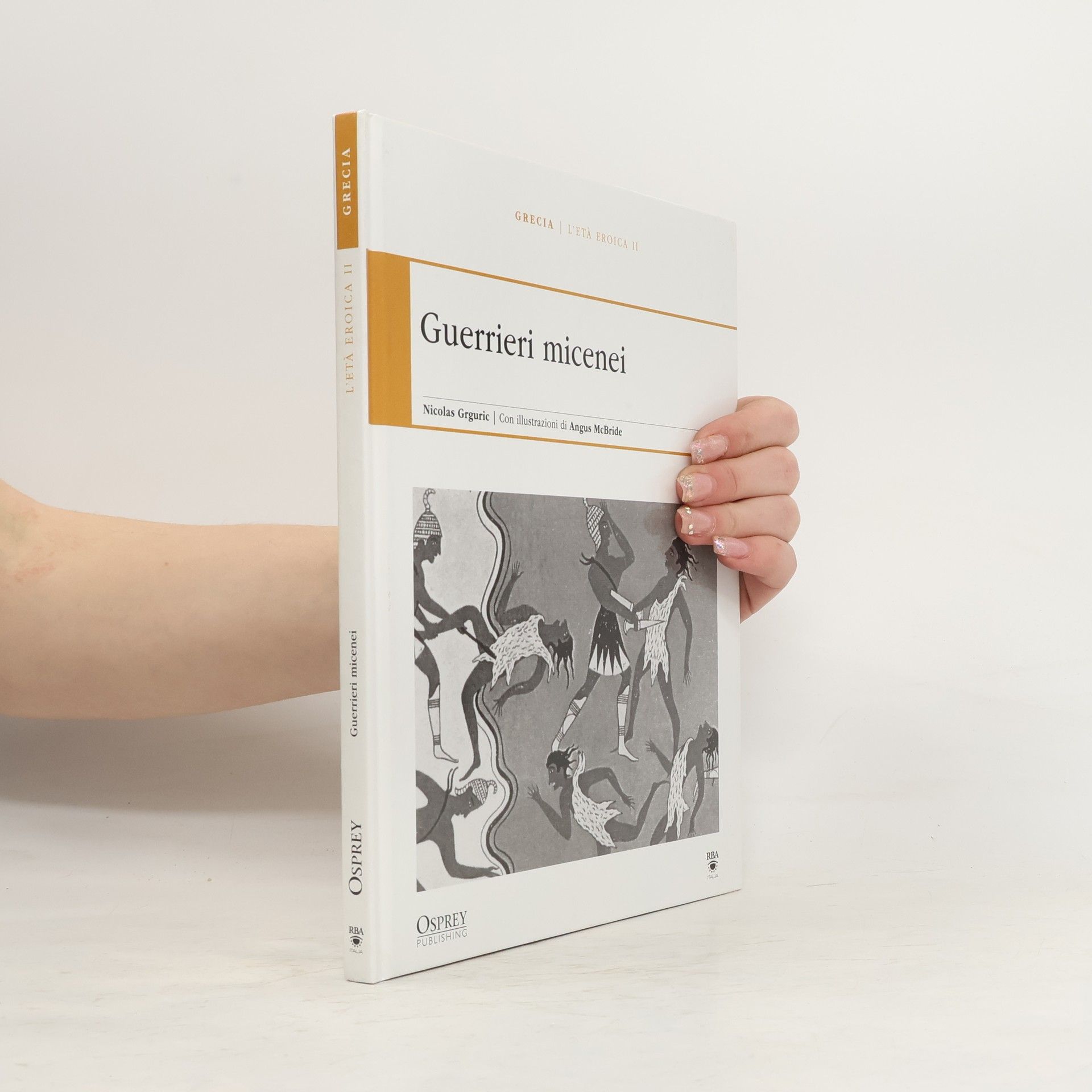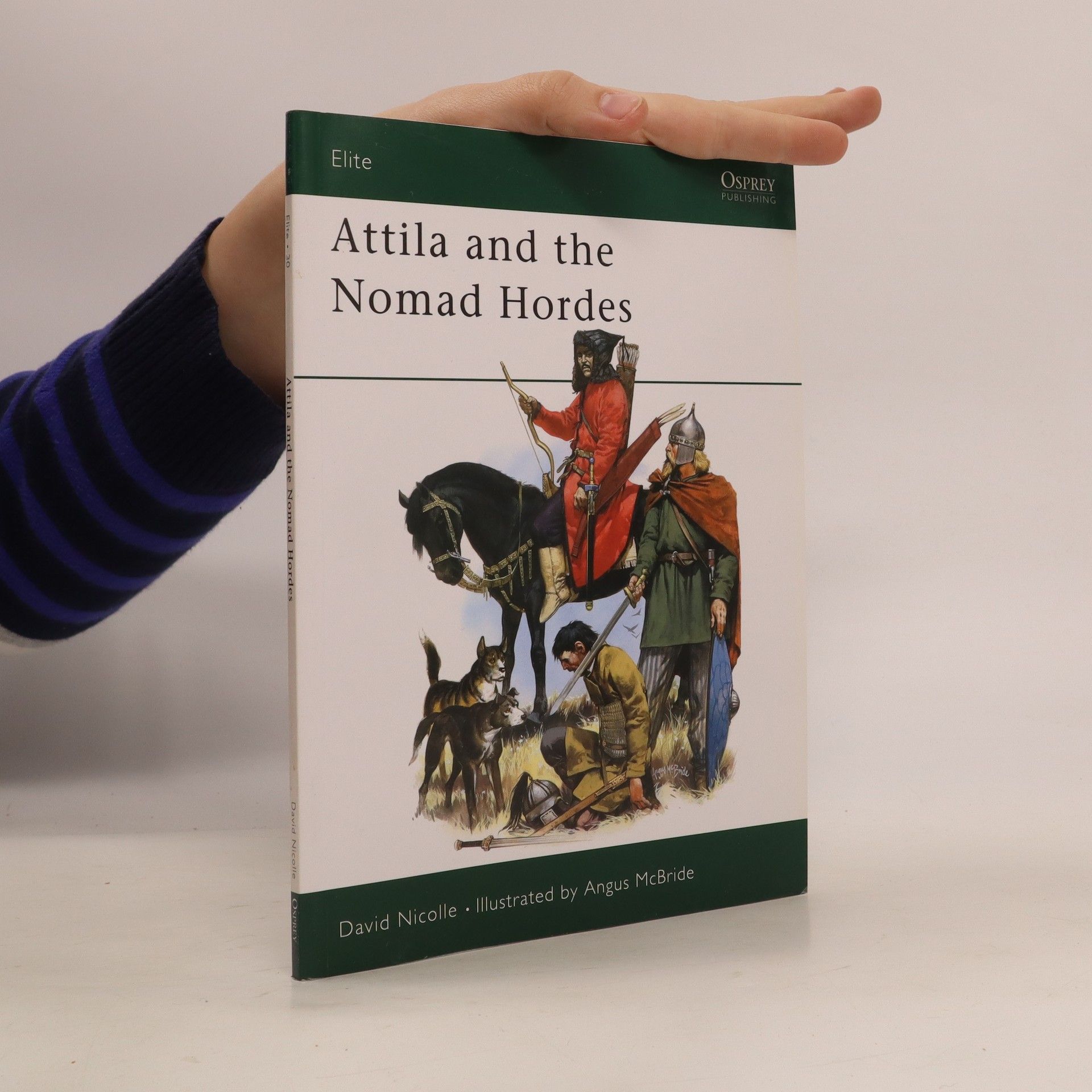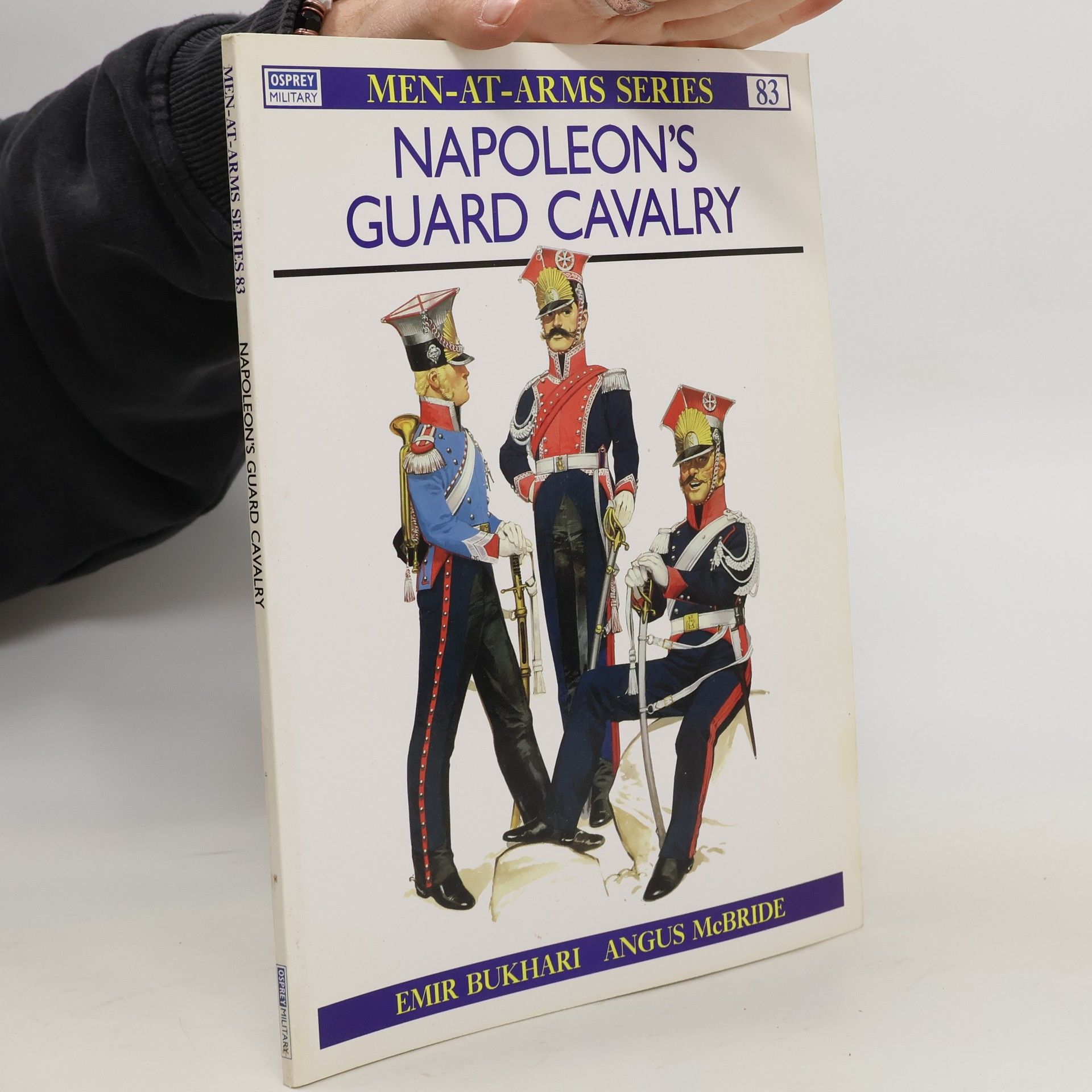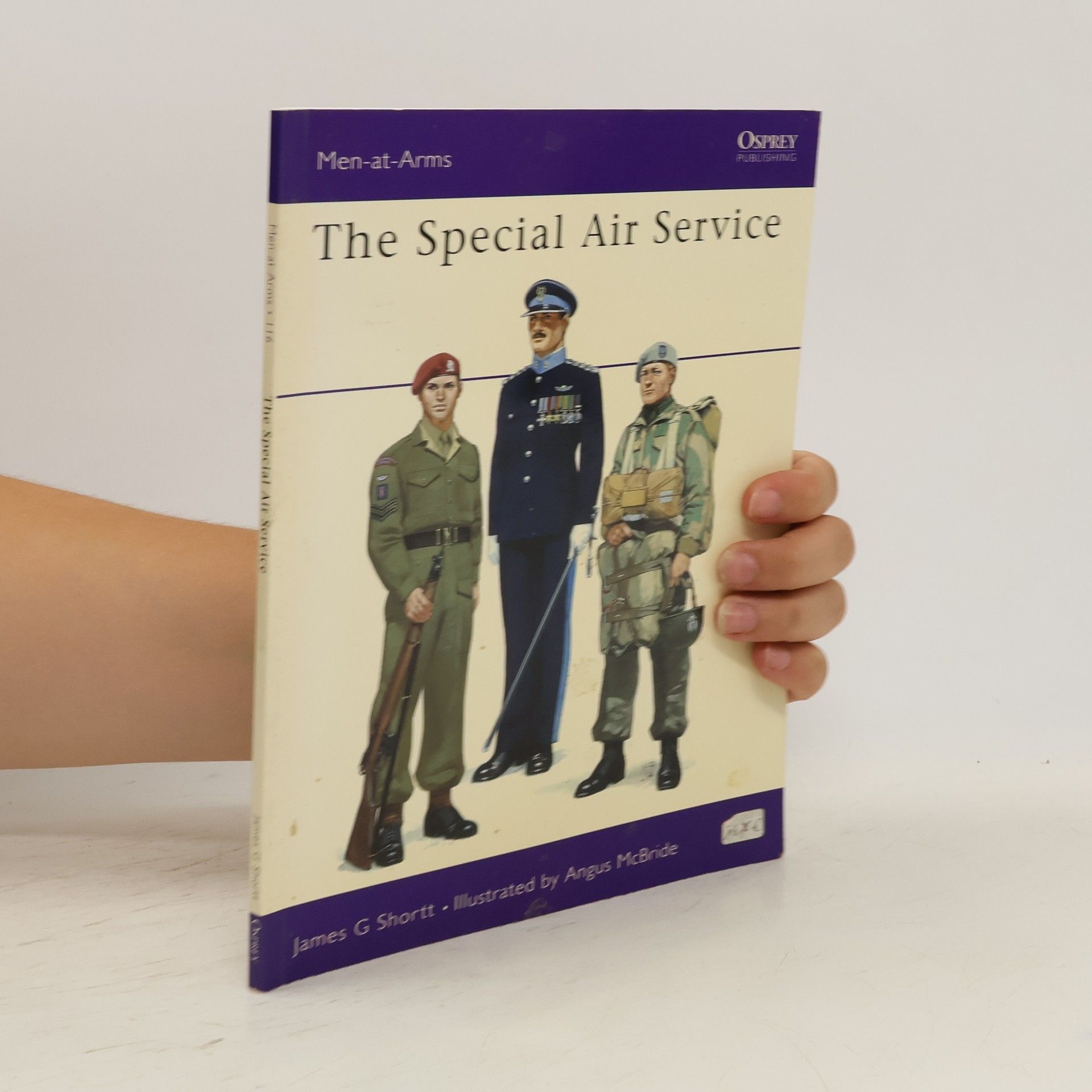Angus McBride Libri






After a cyclone transports her to the land of Oz, Dorothy must seek out the great wizard in order to return to Kansas.
Rome's Enemies
- 48pagine
- 2 ore di lettura
The Republican Roman army suffered heavy losses as a result of the 'hit and run' tactics employed by the Hispanics in Ancient Spain. After preparatory chanting, the Celt-Iberians would attack en masse and in apparent disorder. At a pre-arranged signal the warriors would retreat as if defeated. This sequence might be repeated over several days, until finally the Romans lost their discipline and broke formation in pursuit. At this point the Hispanics would quickly mount a counter-attack that would decimate the legions. This volume explores the organisation, tactics, history, arms and armour of Rome's Spanish enemies.
The Armies of Islam 7th-11th Centuries
- 48pagine
- 2 ore di lettura
During the Middle Ages, Islam was Christian Europe's only civilized and most troublesome neighbor. The Middle Ages saw almost continual strife between these two distinct cultures. By the time the Frankish Crusaders reached the Middle East at the end of the 11th century, Islam had already incorporated three major races: Arabs, Persians and Turks, each of which contributed different strengths to the armoury of Islam. This title explores the organization, uniforms and equipment of the armies of Islam from the 7th to 11th centuries, backed by illustrations, museum photographs and eight full page color plates by popular Osprey artist Angus McBride.
Roman Legionary 58 BC-AD 69
- 64pagine
- 3 ore di lettura
The period 31 BC-AD 43 saw the greatest expansion of the Roman Empire. In 31 BC Octavian defeated Antony at the battle of Actium and remodelled the semi-professional Roman army into a permanent force of 28 legions. Octavian became the first emperor (Augustus) and under his leadership the legions conquered northern Spain, all Europe south of the Danube line and Germany west of the Elbe. The legionaries exemplified the heroic culture of the Roman world and this title takes a behind-the-scenes look at their lives, training, weaponry and tactics, including the bloody massacre of the Teutoberg forest.
Attila and the nomad hordes
- 64pagine
- 3 ore di lettura
Of all the conquerors who swept out of Central Asia, two names stand out in European memory – Attila the Hun and Genghis Khan the Mongol. Both are remembered for massacres and devastation; yet whereas Genghis is also famous for the laws he imposed on half of Asia and for the trade which flourished under Mongol rule, Attila's notoriety seems unrelieved by positive achievements. But what was Attila's short-lived empire really like? What happened to the Huns afterwards, and what role did the nomads of Central Asia play in the centuries between Attila and Genghis Khan?
This title examines some of the most colourful and fanciful uniforms in military history, those of Napoleon's Guard Cavalry. The detailed text covers units such as the Grenadiers à Cheval; the Empress's Dragoons; the Chasseurs à Cheval; the Mamelukes; the Gardes d'Honneur; the Polish Lancers; the Dutch Lancers; the German Lancers and the Lithuanian Tartars. A plethora of illustrations complement the text, including eight fine full page colour plates by inimitable Angus McBride, providing admirably detailed reconstructions of uniforms and accompanied by ten pages of commentaries.
Men-at-Arms - 176: The Special Air Service
- 48pagine
- 2 ore di lettura
Since its birth at Kabrti in 1941, the Special Air Service has consistently captured the imagination of the military and public alike by the daring and unconventional nature of its operations. The nature of the tasks and the methods peculiar to the SAS have made it difficult to standardise items of equipment. Apart from issues common to the British Army as a whole, SAS personnel have need of, and access to, various specialised 'pieces of kit': often SAS innovations created to meet specific needs. James Shortt investigates the organisation, tactics, equipment and remarkable history of Britain's elite fighting force.


